Procrastination will only lead to higher energy bills and more significant discomfort throughout the seasons when insulating a post-frame building. While hanging insulating panels or blowing insulation into place throughout a steel building may seem intimidating, tackling this important project does not require any advanced skills – just a day of your time and suitable materials.
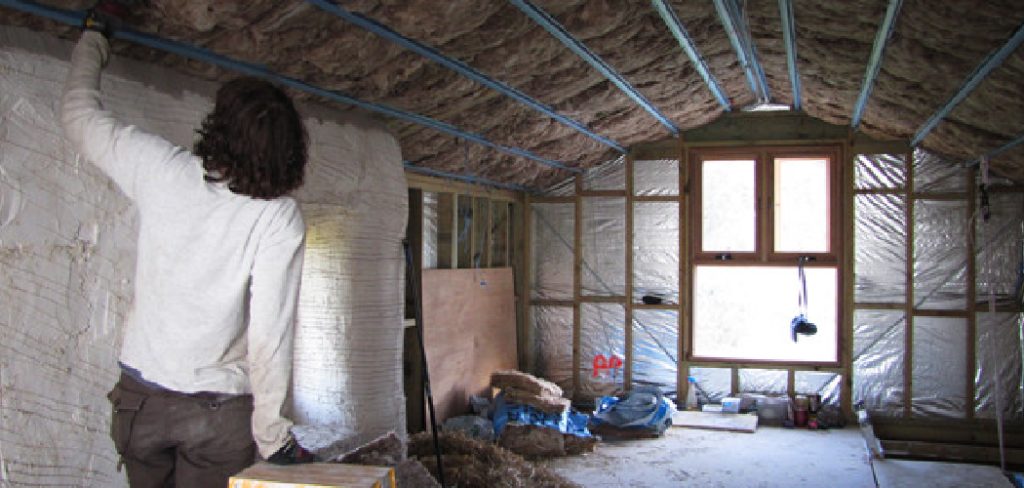
In this guide, I will walk you through the simple steps on how to insulate a post frame building to properly insulate your post frame building, from selecting the type and amount of insulation to efficiently installing it between those metal posts. By the end of the day, you’ll have a cozier, more energy-efficient structure that will help keep utility costs low for years. Let’s get started!
Necessary Items
Before you begin, gathering all the necessary items and materials for this project is essential. These include:
- Insulation: The type of insulation you choose will depend on your budget, climate, and building size. Fiberglass batts are a popular option for post-frame buildings but spray foam or blown-in cellulose can also be effective.
- Vapor Barrier: This thin plastic sheet helps prevent moisture from entering the building. It should be placed on the warm side of the insulation to avoid condensation.
- Staple Gun: This will secure the vapor barrier and keep it in place.
- Utility Knife: You’ll need a sharp knife to cut through the insulation.
- Ladder or Scaffolding: Depending on the height of your building, you may need a ladder or scaffolding to reach all areas of the walls and ceiling.
- Safety Gear: Working with insulation can be messy and potentially hazardous, so wear appropriate safety gear such as gloves, goggles, and a dust mask.
10 Steps on How to Insulate a Post Frame Building
Step 1: Measure and Determine Insulation Amount
The first step is to measure the area of your building and determine how much insulation you will need. To do this, measure the length and height of each wall and the distance between posts on all sides.
Multiply these numbers together to get the square footage of each wall and add them all up for the total square footage. Remember that insulation should be installed to at least the recommended R-value for your climate.
Step 2: Decide on Insulation Type
As mentioned earlier, you can use a few different types of insulation for post-frame buildings. Consider cost, effectiveness, and ease of installation when deciding which is best for your building.
Step 3: Prepare the Space
Before installing insulation, ensure your building is clean and debris-free. Also, check for air leaks or drafts along the walls and ceiling.
Step 4: Install Vapor Barrier
Once the space is prepared, installing the vapor barrier is time. Roll out the plastic sheeting and cut it to fit each wall and ceiling, leaving a few extra inches on each end for overlap. Staple the barrier to the posts and trim any excess.
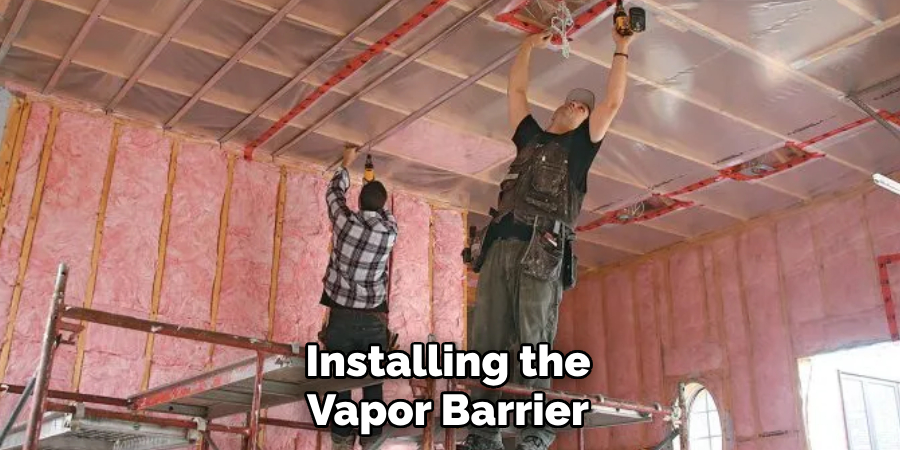
Step 5: Cut Insulation to Size
Carefully measure and cut the insulation panels or batts to fit between each post. It’s essential to leave a small gap between the insulation and posts to allow for proper airflow.
Step 6: Install Insulation
Place the insulation between the posts, ensuring it fits snugly against the vapor barrier. If using fiberglass batts, wear gloves and a mask to avoid irritation.
Step 7: Secure Insulation in Place
Use a staple gun to secure the insulation to the posts and hold it in place. Make sure to staple around the edges and at regular intervals to prevent gaps or sagging.
Step 8: Repeat for Ceiling
Follow the same process of measuring, cutting, and installing insulation on the ceiling of your post frame building. This may require a ladder or scaffolding, depending on the height of your construction.
Step 9: Seal Any Gaps
Check for any gaps or open spaces in the insulation and seal them with caulk or foam spray to prevent air leakage.
Step 10: Clean Up and Enjoy
Once all the insulation is installed, clean up any leftover materials and enjoy your newly insulated post-frame building! Not only will it be more comfortable, but you’ll also notice a decrease in energy costs throughout the year.
8 Things to Avoid When Insulating Your Post Frame Building
While insulating a post frame building is pretty straightforward, some common mistakes can lead to less effective insulation and potentially even damage your building. Here are eight things to avoid when insulating your post frame building:
1. Using Too Little Insulation
It’s essential to ensure you have enough insulation installed to meet at least the recommended R-value for your climate. Using too little will result in less effective insulation and higher energy bills.
2. Not Using a Vapor Barrier
A vapor barrier is essential for preventing moisture from entering your building and causing damage. Install it on the warm side of the insulation to avoid condensation.
3. Not Wearing Appropriate Safety Gear
Insulation can be messy and potentially hazardous, so wear gloves, goggles, and a dust mask while installing it.
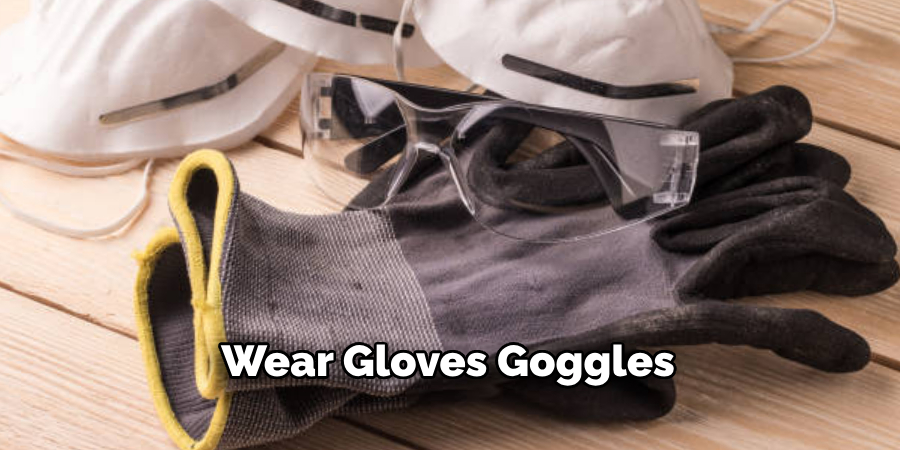
4. Ignoring Air Leaks and Drafts
Before insulating, check for any air leaks or drafts in your building. These should be sealed before installing insulation to ensure maximum effectiveness.
5. Not Leaving a Gap Around Posts
It’s essential to leave a small gap between the insulation and posts to allow for proper airflow. Skipping this step can lead to mold growth and damage to your building.
6. Using Incorrect Insulation Type
Consider cost, effectiveness, and ease of installation when choosing insulation for your post-frame building. Using the wrong type can result in less effective insulation.
7. Not Properly Securing Insulation
Use a staple gun and secure insulation regularly to prevent gaps or sagging. This will ensure proper coverage and effectiveness.
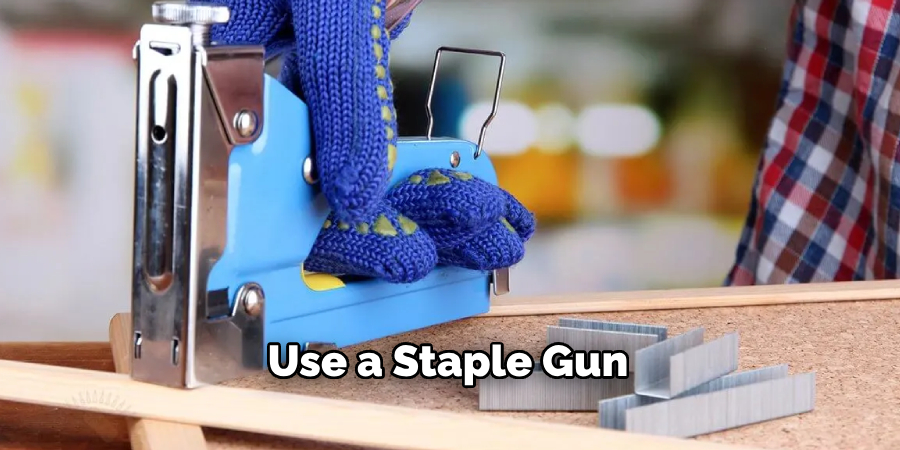
8. Neglecting Regular Maintenance
Insulation should be regularly checked to ensure it is still in good condition. If you notice any gaps or damage, address them promptly to avoid potential issues. By avoiding these common mistakes, you can ensure your post-frame building is properly insulated for maximum comfort and energy efficiency.
6 Additional Tips for Insulating Your Post Frame Building
In addition to avoiding common mistakes, some additional tips can help make the insulation process even more effective and efficient. Here are six extra tips for insulating your post-frame building:
1. Consider Hiring a Professional
If you need more confidence in insulating your building correctly or its large and complex structure, consider hiring a professional to ensure the job is done correctly.
2. Use Insulation with High R-Value
The higher the R-value of your insulation, the more effective it will be in keeping your building warm in the winter and cool in the summer. Consider using insulation with a higher R-value for maximum energy efficiency.
3. Install Insulation in One Continuous Layer
It’s best to install insulation in one continuous layer rather than cutting and piecing together smaller sections to avoid gaps and ensure maximum coverage.
4. Utilize Reflective Insulation
Reflective insulation can be used in addition to traditional insulation to increase energy efficiency by reflecting heat away from the building.
5. Insulate Doors and Windows
Remember to insulate any doors or windows in your post-frame building. This can quickly be done with weather stripping or caulk.
6. Consider Adding a Radiant Barrier
A radiant barrier is a thin reflective material that can help reduce heat transfer, making your insulation even more effective.
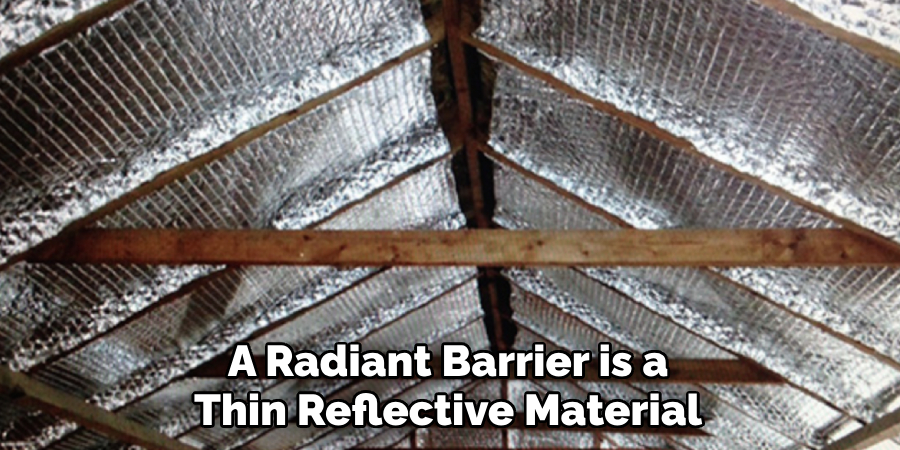
Frequently Asked Questions
How Do I Know the Recommended R-value for My Climate?
The Department of Energy has a helpful guide that lists the recommended R-values for different zones across the United States. You can also consult with a professional insulation installer for personalized recommendations.
Can I Use Any Type of Insulation for My Post Frame Building?
There are a variety of insulation types that can be used for post-frame buildings, but some may be more suitable than others depending on factors such as cost, effectiveness, and ease of installation. It’s essential to research and choose the best type for your building.
How Often Should I Check and Maintain My Insulation?
It’s a good idea to check your insulation at least once a year and address any gaps or damage as needed. Additionally, if you notice a significant increase in energy costs or changes in temperature inside your building, it may be a sign that your insulation needs attention. Consider making insulation maintenance part of your regular building maintenance routine.
Conclusion
Insulating your post-frame building is a relatively simple and cost-effective project that can significantly improve your structure’s comfort and energy efficiency. By following these ten steps on how to insulate a post frame building, you’ll be able to adequately protect your building and reap the benefits for years to come.
Don’t put it off any longer. So seal them with caulk or foam spray to prevent air leakage, and enjoy a more comfortable and energy-efficient post-frame building. With proper insulation, you’ll be able to fully utilize your space and save on energy costs throughout the year. Remember to avoid common mistakes and consider additional tips for even better results.
